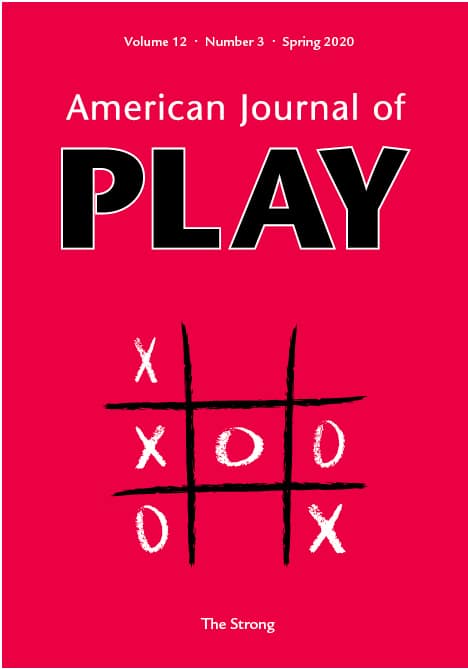Pervasive Games Ten Years Later: A Roundtable Discussion with Markus Montola, Jaakko Stenros, and Annika Waern
In 2009, Markus Montola, Jaakko Stenros, and Annika Waern published Pervasive Games: Theory and Design, based on research conducted during the Integrated Project on Pervasive Games (IPerG) and funded by the European Union (E.U.) from 2005 to 2008. They wrote it—the first book-length treatise on the topic—before the widespread use of smartphones and the ubiquitous impact of gaming on mobile devices. The work documented an era that a number of scholars came to identify as the first wave (or generation) of pervasive games. In 2019 a full decade after the book’s publication, the authors were invited to participate in a roundtable discussion as part of the Urban Play Spring Seminar event in Tampere, Finland, to reflect on the evolution of pervasive games and on the recent scholarship about them. Many of the claims Pervasive Games made, especially in relation to the design space of these kinds of games, have endured—even when such games are considered in technological and medium-specific frameworks. However, the book also featured claims and characterizations that to the authors themselves appear, in hindsight, optimistic, irrelevant, or simply inaccurate. The emerging genres of pervasive games the authors observed charted paths that later games simply did not follow, and their bold claim that commercially viable pervasive games would not compete with other games, but instead with pastimes, proved inaccurate. Even the delimitation they gave the phenomenon itself remains in flux a decade later—both the umbrella term they used for it and the types of games they included as part of it are still being negotiated. The following is a recorded and transcribed version of the roundtable discussion (including questions from the moderator Dale Leorke and the attending audience) edited for publication. It examines the validity of the term “pervasive games” in an era when games and playfulness have seemingly become ubiquitous, looks at the commercial potential of pervasive play and games, and investigates how these games can meaningfully be connected with the spaces of the cities, towns, and other environments where they are performed. Key words: alternative-reality games (ARG); Integrated Project on Pervasive Games; live-action role-playing games (LARPs); location-based games; pervasive games; urban play




